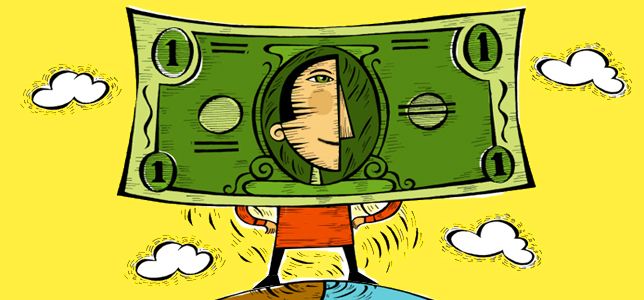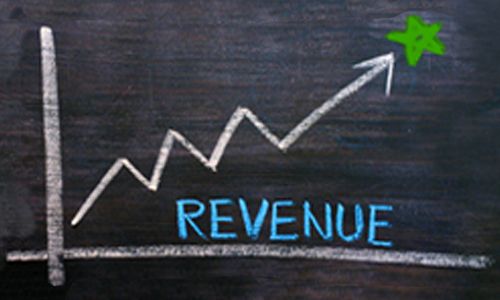Sure, every company likes the idea of improving the customer experience. But when put up alongside other day-to-day business concerns, it often gets kicked down the road for a later time. And too often, that later time never comes.
It's widely known that customer experience improvements can lead to many business benefits, such as revenue generation resulting from higher customer satisfaction and loyalty, as well as cost savings based on lower churn, streamlined product development, and less price sensitivity. Discussing the idea of customer experience strategy is not a problem, but finding the time to execute it is hard.
Companies are hesitant to invest in programs without guaranteed return. And many improvements in the customer experience take time. Quarterly updates for senior management don't always show the true picture. Small, quick-win programs are an option, but without enterprisewide strategy and alignment, they won't reach their true potential.
What will make senior management stand up, take notice, and empower customer-facing employees to get behind the concept of customer centricity? ROI, of course. So here is some financial ammunition around customer experience strategy that you can take with you to the next board meeting or frontline training session.
Customer experience leaders dominate the stock market
Research from Watermark Consulting and Forrester Research tracked the six-year stock performance of companies on Forrester's Customer Experience Index. Even during the recession years of 2007-2012, customer experience leaders averaged double-digit gains in stock performance, besting customer experience laggards by an impressive margin.
What's more, Forrester predicts that when companies improve the customer experience from below average to above average, the potential revenue impact is up to $1.3 billion through activities such as churn reduction, additional purchases, and increased word of mouth. This is corroborated by Temkin Group research in the fast food industry. It reported in a March 2012 study that a $1 billion fast-food chain making incremental customer experience improvements could generate $382.3 million in additional revenues over three years from repurchases ($177.1 million), decreased churn ($119.6 million), and recommendation-driven business ($85.6 million).
Customer retention = higher profits Net Promoter Score™ inventor Fred Reichheld writes in The Ultimate Question 2.0 that a 5 percent improvement in customer retention can yield between a 20 percent and 100 percent increase in profits across a wide range of industries. He cites FedEx as an example, which in 2011 used a customer value database and an integrated Web platform to deliver relevant promotions to small business executives. The promotion netted about 19,000 customers, representing a 66 percent increase from the prior year.
Service does, in fact, lead to sales According to the 2012 American Express Global Customer Service Barometer, 75 percent of consumers say they have spent more with a company because of a history of positive customer service experiences. In addition two-thirds of consumers would be willing to spend more with a company - 13 percent more, on average - following an excellent customer service experience. On the flip side, 55 percent of customers would cease buying from a company that provides poor customer service.
ROI Revealed for Customer Experience Strategy


September 25, 2013
by Ron Wince,
General Manager, TTEC Digital
Digital Transformation Consulting, Customer Acquisition, Customer Loyalty and Retention
General Manager, TTEC Digital
Digital Transformation Consulting, Customer Acquisition, Customer Loyalty and Retention





